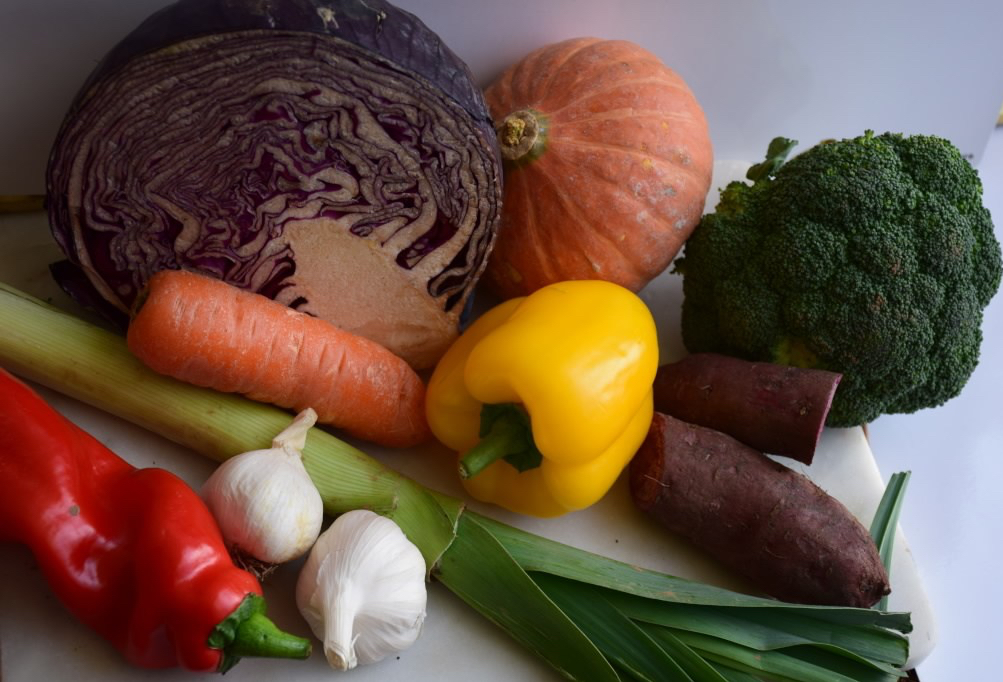This post is taken from the blog of Julia Lawless on her company site, Aqua Oleum.
Julia Lawless is a world-renowned aromatherapist, highly respected as an authority in the field of aromatic plants and oils. She believes ingesting essential oils is a dangerous method which she doesn’t encourage.
This is an excerpt from an article written for the Canadian Aromatherapy Association: BCAPA. I wrote the article because of a growing concern I have regarding an increase in members of public in the UK enquiring about taking essential oils internally. I want to make absolutely clear that the UK official Aromatherapy policy as supported by Aqua Oleum Ltd does NOT support taking essential oils internally in any manner by members of the public, as stated clearly on our labels. I myself consider this a very dangerous trend and would like to ensure that this practice is not adopted in the UK despite the internet and other sources, especially in the US, publishing misleading information in this field – as outlined in this article.
I am writing this article in Colorado with a large volume in front of me entitled: ‘Essential Oils Desk Reference’, a type of encyclopedia compiled by Essential Science Publishing and published in the US. In the section entitled ‘How to Safely Use Essential Oils’ it says at point 11:
“Before taking GRAS (Generally Regarded As Safe) essential oils internally, test your reactions by diluting one drop of essential oil in one teaspoon of an oil soluble liquid like blue agave, olive oil, or rice milk. Never consume more than a few drops of diluted essential oil per day without the advice of a physician”
How many drops are a ‘few drops’? In their ‘Essential Oil Application Codes’ in Appendix E at the end of the book, they divide oils into those that can be taken neat (such as lavender); those which need to be diluted to 50-50% – i.e “one part essential oil to one part vegetable oil for topical and internal use “- (such as basil and bergamot); and those which should be diluted 20-80% (such as lemongrass or clove). A 50-50% blend of an essential oil with a vegetable oil being recommended for internal use is not the same as a few drops! Generally speaking, in making a blend for a massage or body oil, I recommend using a 1% to 5% blend of essential oils in a vegetable oil base – depending on the subject, the specific oil and the region being treated. So a 50-50% blend is itself a very, very strong dilution for topical application… let alone internal use!
When in the same Appendix, an oil such as ‘Blue Tansy’ (Tanacetum annuum) is recommended for neat use while ‘Tansy’ (Tanacetum vulgare) is recommended for 50-50% use, the situation becomes even more worrying! Tansy (T. vulgare) contains up to 80% thujone, as stated in the constituent data section – yet thujone is a severe oral toxin. Moreover the average member of the public is not going to distinguish between tansy and blue tansy so may even be tempted to swallow tansy essential oil neat. Indeed, in another popular book published in the US, I found ‘tansy essential oil’ being recommended for treating tummy upsets in children by adding a ‘few drops’ to their bowl of yogurt in the morning!
In my ‘Encyclopedia of Essential Oils’, which is still used as a textbook for training aromatherapists on an international basis, I also list the essential oils which should not be used for aromatherapy purposes. Under the Safety Data entry for Tansy (T. vugare) it says:
“Oral toxin – poisonous due to high thujone content. Abortifacient. Should not be used in aromatherapy whether internally or externally. … The oil used to be used in alcoholic beverages – it is no longer used for flavouring.”
Another words, this oil does not even have a GRAS status due to its toxicity levels. I specifically decided to include such oils in my Encyclopedia as a form of education … to outline the reasons why such an oil can be dangerous. Mugwort (Artemisia vulgaris) falls into the same category due to its high thujone content, yet it is also recommended for 50-50% usage in the Essential Oils Desk Reference volume. It is not that essential oils cannot be used internally under any circumstances, such as under the guidance of a Medical Herbalist qualified in this field … but the vague, inaccurate, contradictory and blatantly dangerous messages being communicated to the public regarding safety issues via all sorts of media sources these days, such as the internet and you-tube, is of very real concern.
See the post on Aqua Oleum here.
